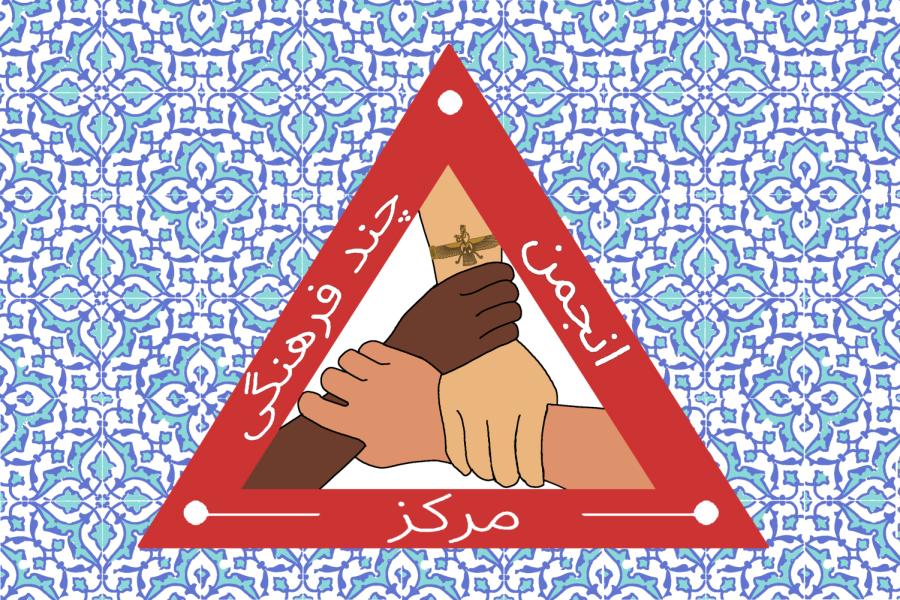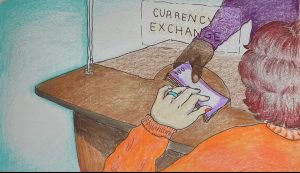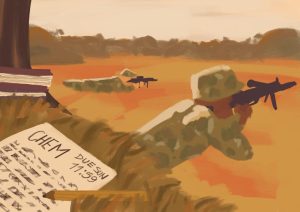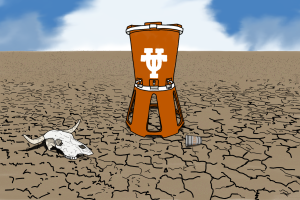Multicultural Engagement Center should make space for Middle Eastern students
October 12, 2022
Shared heritage is a powerful uniting force between individuals. My Iranian background means everything to me: it manifests in the way I speak, my music taste and my passions. It is a pillar of my existence. More importantly, it ties me to a larger scope of individuals: Middle Easterners – a widely underrepresented community at UT.
As of right now, there is little to no common communication hub for Middle Eastern students to advertise their activities. Giving Middle Eastern students a center to share announcements about upcoming events would begin to unify the community, especially after budget cuts in the Middle Eastern Studies department that put a strain on advertising cultural activities on campus.
The Multicultural Engagement Center should promote Middle Eastern events and volunteer opportunities.
Pouya Nekouei, an Iranian student at UT, described his concerns with lacking cultural collaboration between people of Middle Eastern nationality.
“One of the problems that culturally we might have, and I think that might be the case with any culture or any country, is that when you’re too exposed to your own country,you know nothing beyond that,” Nekouei, a Middle Eastern languages and cultures graduate student, said. “You just want to really retain some of these older notions that we are the best, right?”
Despite a lack of visibility, the Middle Eastern community exists, and they deserve to exist with the means to thrive at UT. A shortage of funding has contributed to the issue. Budget cuts in the Center of Middle Eastern Studies have compromised the department’s ability to spread awareness about issues and affiliated campus events.
“Our budgets have been cut so much that we don’t even have a person to update our websites – we can’t afford that,” Babak Tabarraee, the Persian program coordinator of the Middle Eastern studies department, said.
It’s not that there’s a shortage of Middle Eastern activities happening on campus to engage with, there is just nowhere for the student body to hear about them.
Incorporating the Middle East into the MEC would help compensate for the budget compromises made in the Middle Eastern Studies program. The bigger a platform the department has to spread the word about events, the more engagement they may receive with the student body. However, creating a new agency under the MEC is an expensive ordeal.
According to Brandelyn Flunder, director of the MEC, $35,000-$40,000 is necessary in creating an impactful agency, but they can only currently afford to allocate $5,000-$9,000.
“We don’t have the capacity; the emotional capacity, the financial capacity, or just the people capacity to take on additional agencies,” Flunder said.
Flunder said that the MEC is working to launch a collection of affiliated organizations that would formalize a relationship between those groups and the MEC. The affiliate organization program is set to launch officially in the fall semester of 2023.
In the meantime, there should be a short-term solution for the lack of a center of communication for UT’s Middle Eastern community, especially to offer support after the recent uproar following Mahsa Amini’s passing in Iran.
Something as small as a bulletin board for our cultural events would make all the difference for the time being, so long as they have a semblance of presence in the MEC.
As minuscule as it may seem, a notice board for Middle Eastern events at the MEC is the first step in reaching across the aisle to unite a divided region of the world and inducting them into the sphere of multicultural engagement at UT. It is as practical as it is symbolic: a bulletin board at the MEC for the Middle Eastern community to announce events might set a precedent of further inclusion for students.
Hosseini is an International Relations freshman from Sugar Land, Texas
















